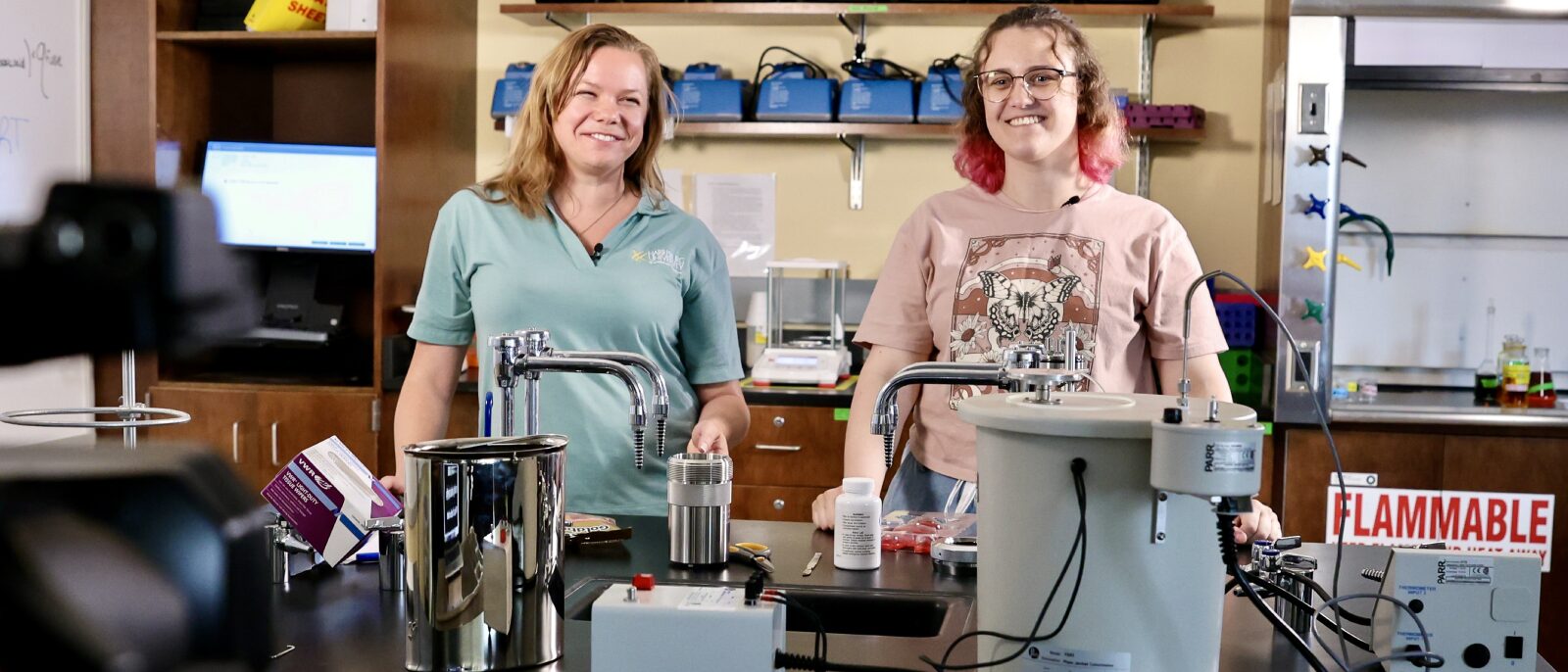Harrisburg, PA – Earlier this month, students and faculty from the Exercise Science (EXSC), Integrative Sciences (INSC), and Interactive Media (IMED) programs at Harrisburg University of Science and Technology (HU) carried out a collaborative project to add explosive new content to the Exercise Science curriculum.
Highlighting both experiential learning and interdepartmental collaboration, students from multiple programs and concentrations worked together to design, conduct, and study the result of a calorimeter experiment. Calorimetry is used to measure heat capacity and the resulting heat from a chemical or physical reaction.
The goal was to film a hands-on demonstration of calorimetry in action and then add it to the Exercise Science EXSC 375 Exercise Nutrition course. The mission? Blow up some standard-issue and jumbo-sized gummy bears in a bomb calorimeter (“b-calorimeter”) to determine their calorie content and reveal the process behind those iconic nutrition facts labels on food packaging.
The event showcased how HU students can work across disciplines not just to enhance their own knowledge, but also to produce a piece of academic material that will be used by future students.
The idea for the experiment came out of conversations between Dr. Lori Portzer – Program Lead for Exercise Science – and her mentee in the STEM-UP Network, Rebecca Conner, an Integrative Sciences major and a 2024 HU graduate. Earlier in the year, Rebecca took home not one but two top prizes from the Student Research Symposium at HU.
Dr. Portzer initially raised the idea of adding calorimeter experiments to the Exercise Science curriculum, and Rebecca enthusiastically developed it. “I’ve wanted to work with a bomb calorimeter at HU for a while,” said Dr. Portzer. “When Rebecca found that we had one on campus, she really ran with the idea of turning this into a multi-department experience. Later on, we looped in Charles Palmer [Program Lead for HU’s Interactive Media program], and he invited some of his students to get involved to film it and carry out post-production.
“We’ve tried to make this as engaging and fun as possible but still keep it instructive and educational,” Dr. Portzer continued. “And it’s more than just a one-off project, since we’ll actually be using it in our curriculum in the future. Having the ability to show the experience behind ‘how do we know how many calories are in something?’ is cool on its own. But knowing this entire project is student-built is a unique aspect of HU.”
Other students and faculty involved were Dr. Andrea Nagy, Assistant Professor of Analytical Chemistry, who helped design the demonstration, IMED professor Anthony Ortega, and IMED students Maxwell Minton and Derek Wentz, who provided cameras, sound, and lighting equipment to capture the reaction and oversaw video editing. Maxwell and Derek also drove the creative initiative, enhancing the project with production value during recording and artistic expression with editing the scientific processes.
“When Professor Palmer invited me to get involved, I knew it was a great opportunity to get more experience with filmmaking,” said Maxwell Minton. “I couldn’t say no!”
To calculate the number of calories in food products, researchers literally explode the food they want to study within a combustion chamber and then measure the heat released in the process.
Bomb calorimetry is the most common method for calculating the caloric content of food. The simplest calorimeters consist of a water-filled vessel, a thermometer, and a combustion chamber. In a laboratory, a sample of the food is placed inside the sealed vessel. This vessel is then immersed in water, and the food is vaporized completely. The heat produced is measured, and this information is used to calculate the food’s energy content. Carbohydrates and proteins provide about 4 calories per gram, while fats provide around 9 calories per gram.
Food nutrition labels are a familiar sight in grocery stores, but it’s not always clear how scientists and nutritionists arrive at those numbers. This demonstration provides valuable behind-the-scenes knowledge to help students better understand the techniques involved. Moreover, the unique opportunities available at HU allow students across programs to work together to build on their professional skills.
To learn more about the Exercise Science, Integrative Sciences, and Interactive Media bachelor’s degree programs at Harrisburg University, visit their individual program pages or visit HarrisburgU.edu.
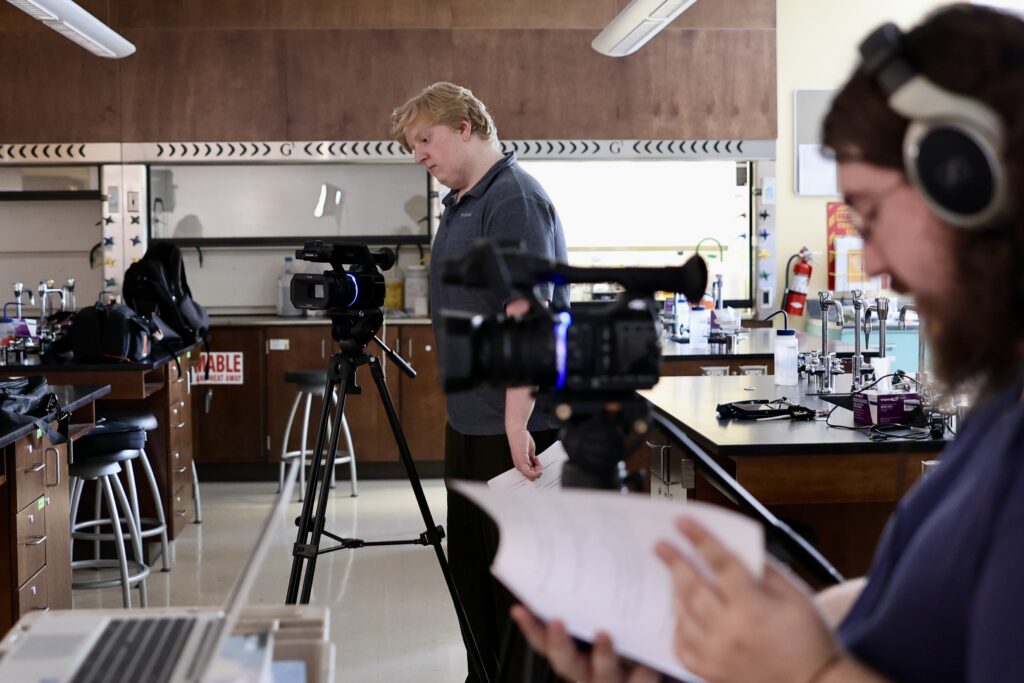
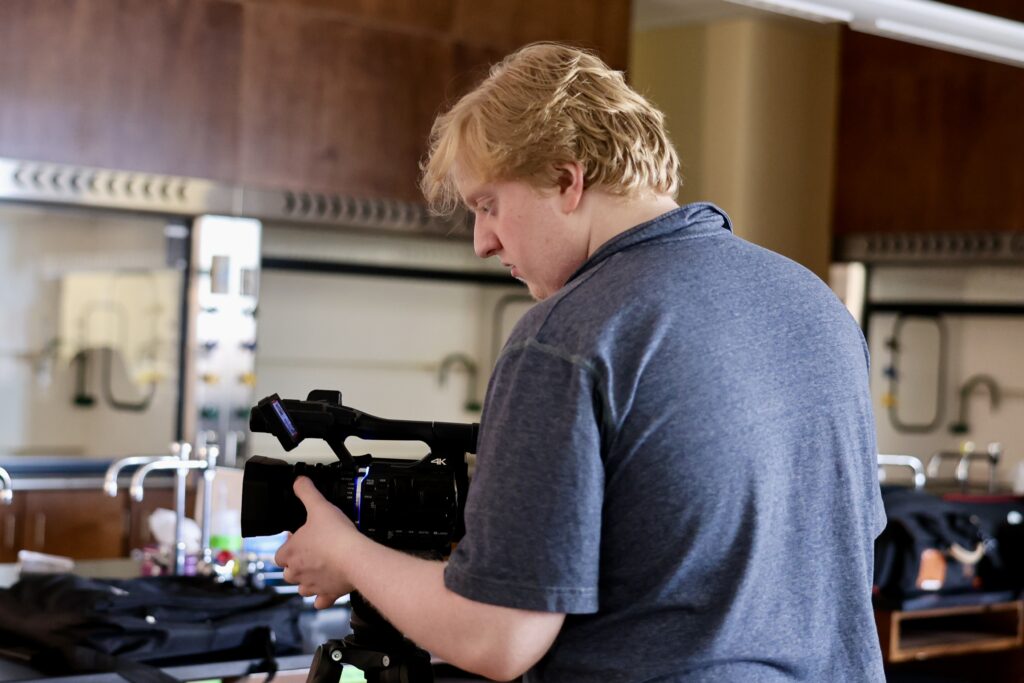
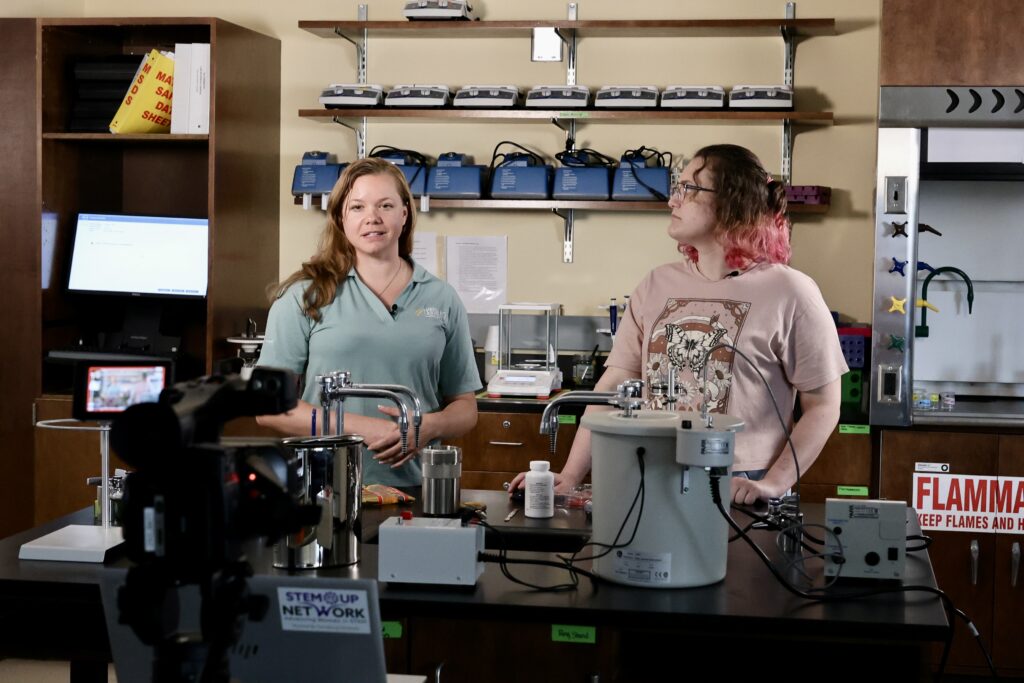
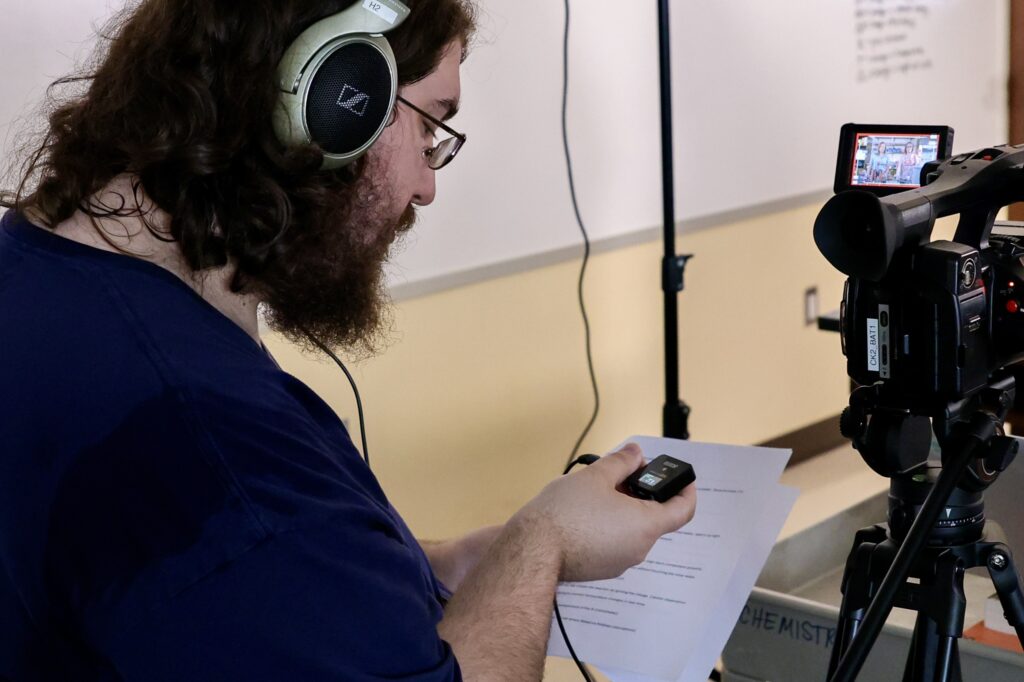
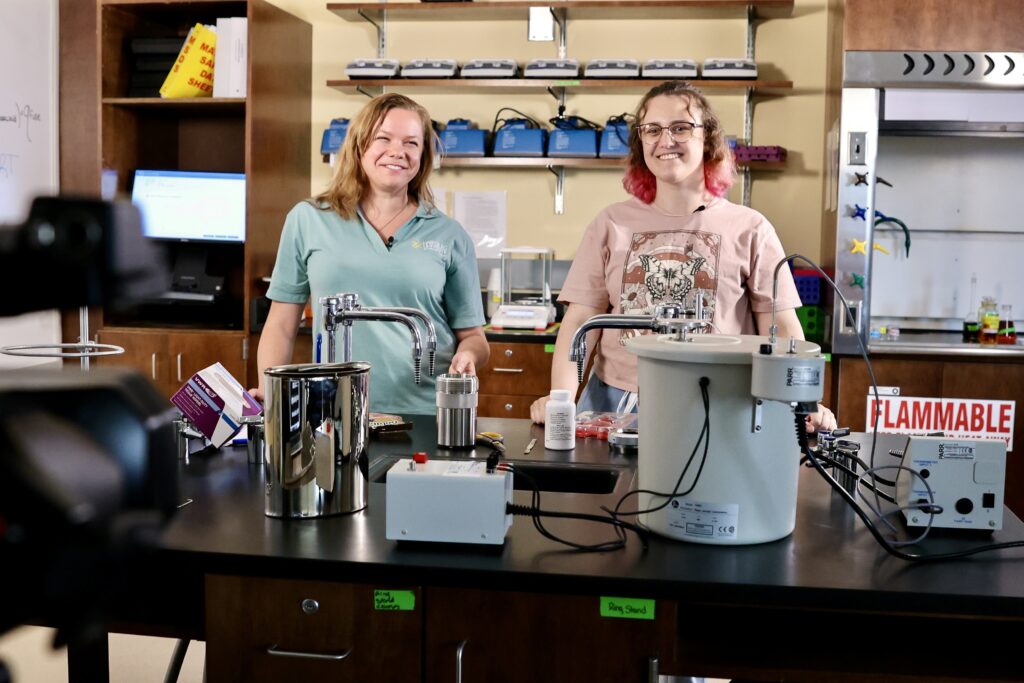
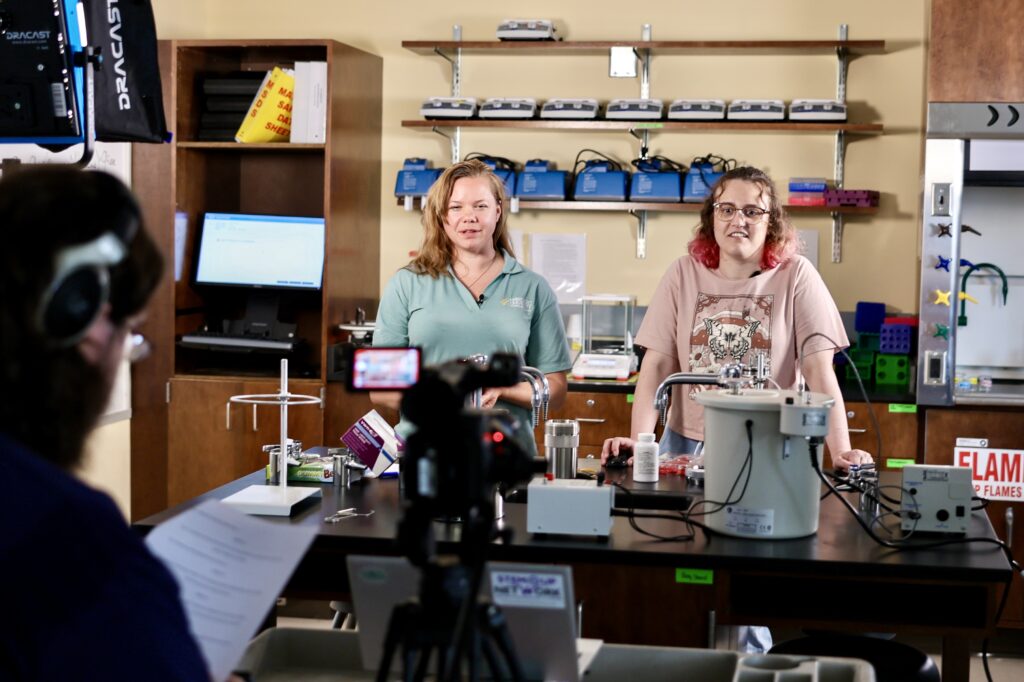
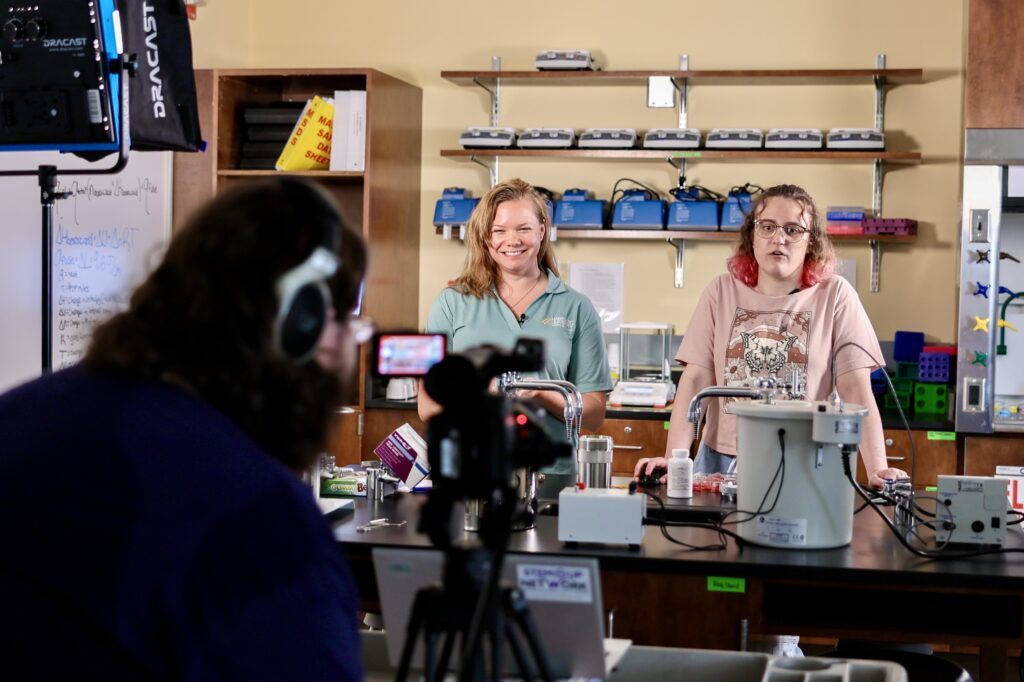
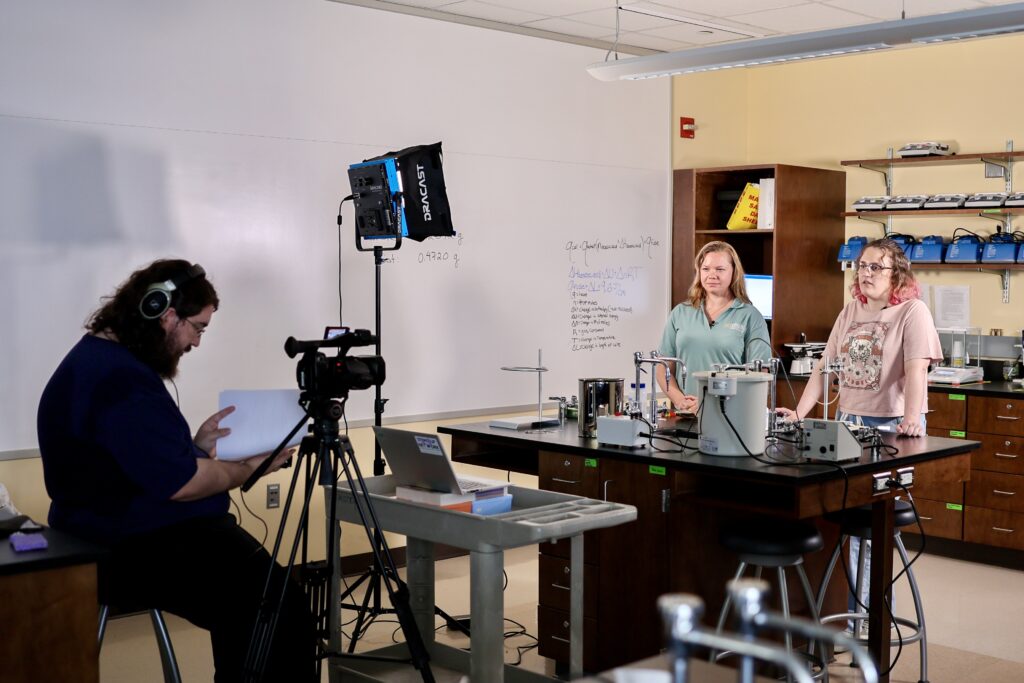
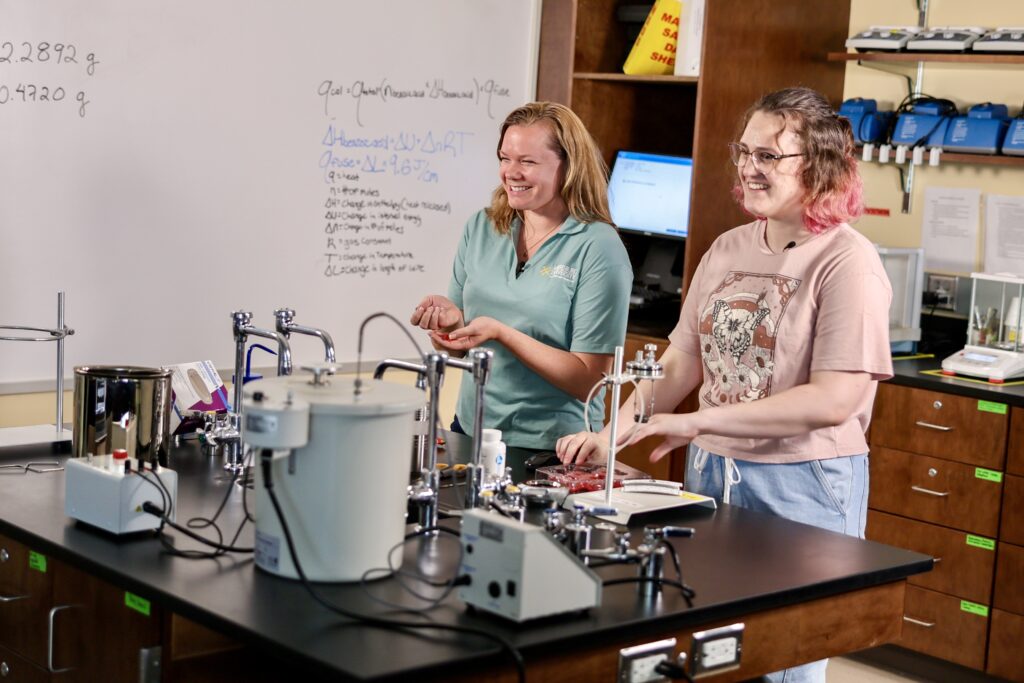
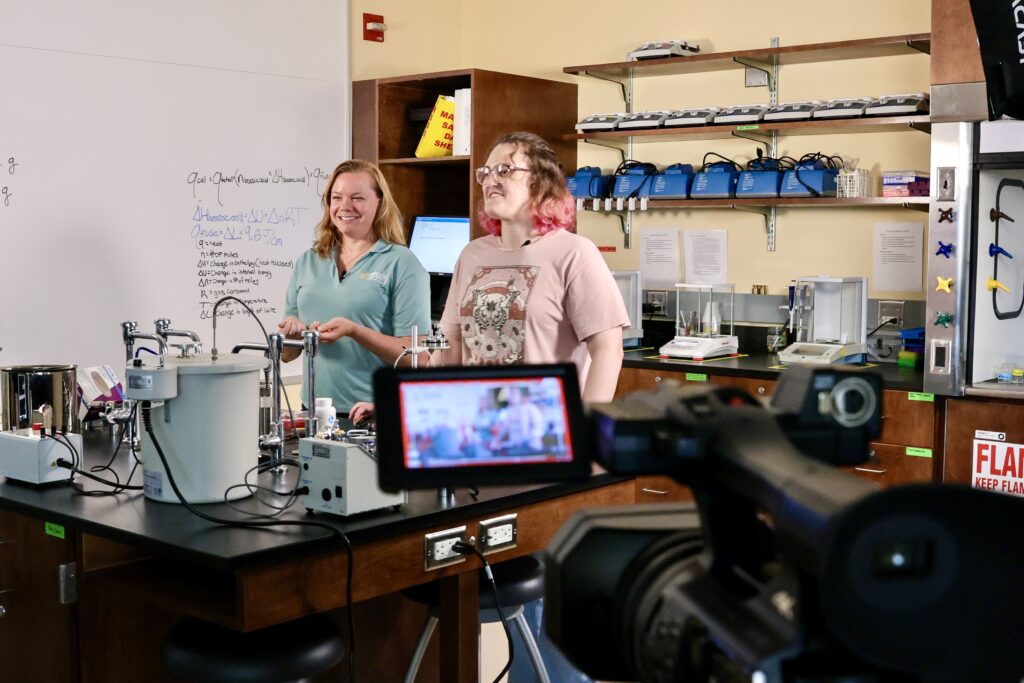
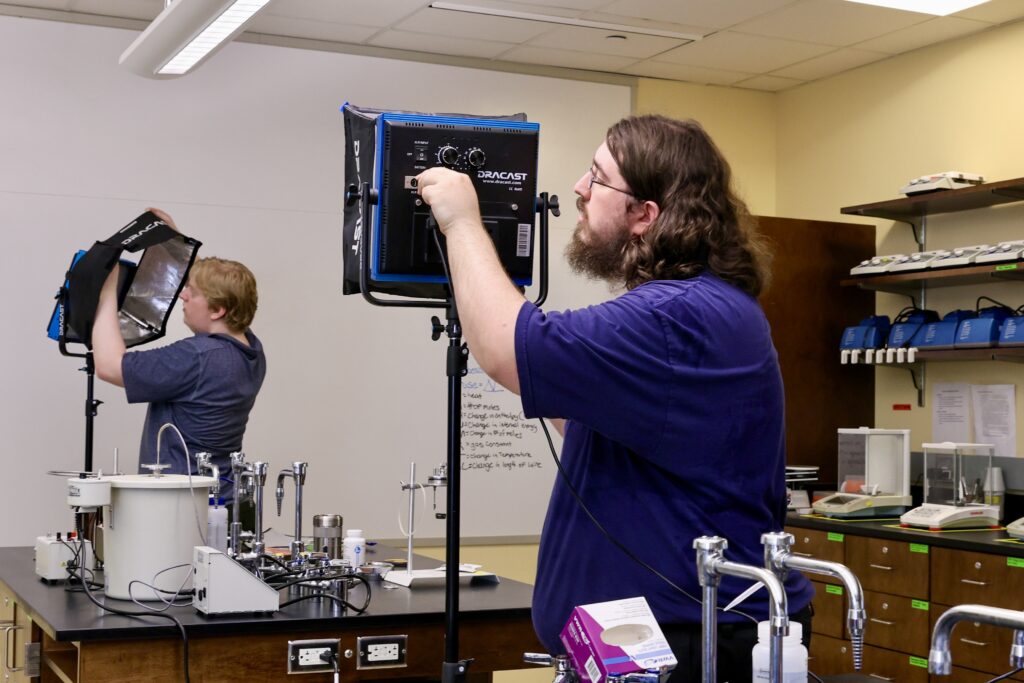
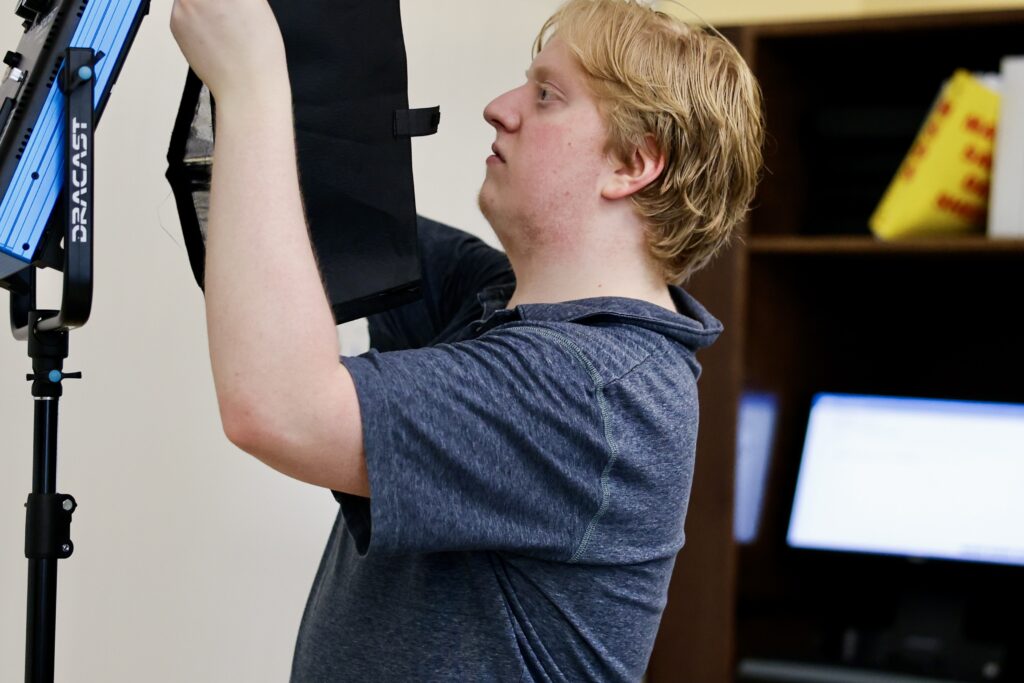
ABOUT HARRISBURG UNIVERSITY
Harrisburg University is accredited by the Middle States Commission on Higher Education and is a private, nonprofit university offering bachelor’s and graduate degree programs in the fields of science, technology, and mathematics. For additional information about the University’s affordable, demand-driven undergraduate and graduate programs, please call 717-901-5146 or email Connect@HarrisburgU.edu. Stay updated by following Harrisburg University on X, LinkedIn, Instagram, and Facebook.
